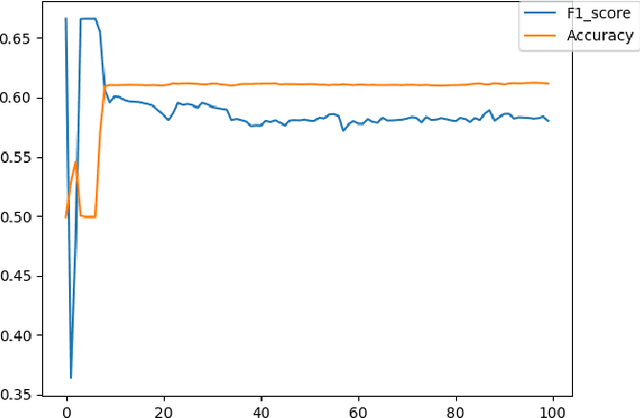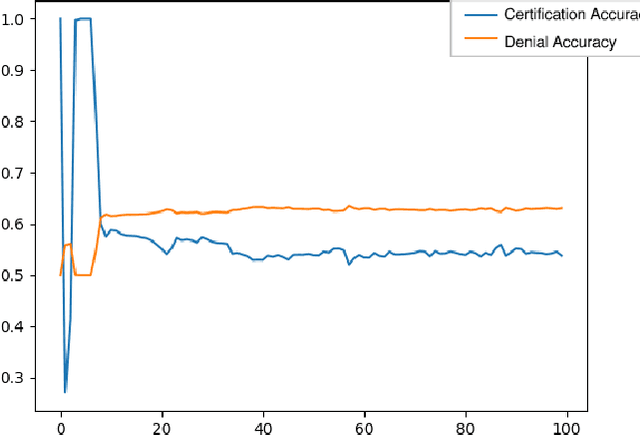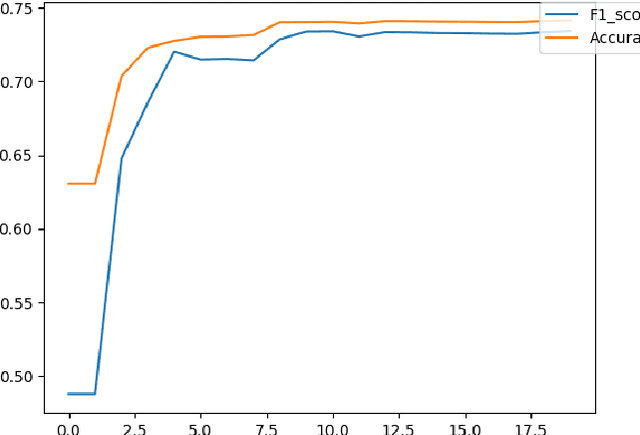Anand Gupta
sEMG-Driven Physics-Informed Gated Recurrent Networks for Modeling Upper Limb Multi-Joint Movement Dynamics
Aug 29, 2024Abstract:Exoskeletons and rehabilitation systems offer great potential for enhancing human strength and recovery through advanced human-machine interfaces (HMIs) that adapt to movement dynamics. However, the real-time application of physics-informed neural networks (PINNs) is limited by their reliance on fixed input lengths and surrogate models. This study introduces a novel physics-informed Gated Recurrent Network (PiGRN) designed to predict multi-joint torques using surface electromyography (sEMG) data. The PiGRN model employs a Gated Recurrent Unit (GRU) to convert time-series sEMG inputs into multi-joint kinematics and external loads, which are then integrated into an equation of motion to ensure consistency with physical laws. Experimental validation with sEMG data from five participants performing elbow flexion-extension tasks showed that the PiGRN model accurately predicted joint torques for 10 unfamiliar movements, with RMSE values between 4.02\% and 11.40\% and correlation coefficients ranging from 0.87 to 0.98. These findings highlight the PiGRN's potential for real-time exoskeleton and rehabilitation applications. Future research will explore more diverse datasets, improve musculoskeletal models, and investigate unsupervised learning methods.
A Big Data Analysis Framework Using Apache Spark and Deep Learning
Nov 25, 2017



Abstract:With the spreading prevalence of Big Data, many advances have recently been made in this field. Frameworks such as Apache Hadoop and Apache Spark have gained a lot of traction over the past decades and have become massively popular, especially in industries. It is becoming increasingly evident that effective big data analysis is key to solving artificial intelligence problems. Thus, a multi-algorithm library was implemented in the Spark framework, called MLlib. While this library supports multiple machine learning algorithms, there is still scope to use the Spark setup efficiently for highly time-intensive and computationally expensive procedures like deep learning. In this paper, we propose a novel framework that combines the distributive computational abilities of Apache Spark and the advanced machine learning architecture of a deep multi-layer perceptron (MLP), using the popular concept of Cascade Learning. We conduct empirical analysis of our framework on two real world datasets. The results are encouraging and corroborate our proposed framework, in turn proving that it is an improvement over traditional big data analysis methods that use either Spark or Deep learning as individual elements.
 Add to Chrome
Add to Chrome Add to Firefox
Add to Firefox Add to Edge
Add to Edge